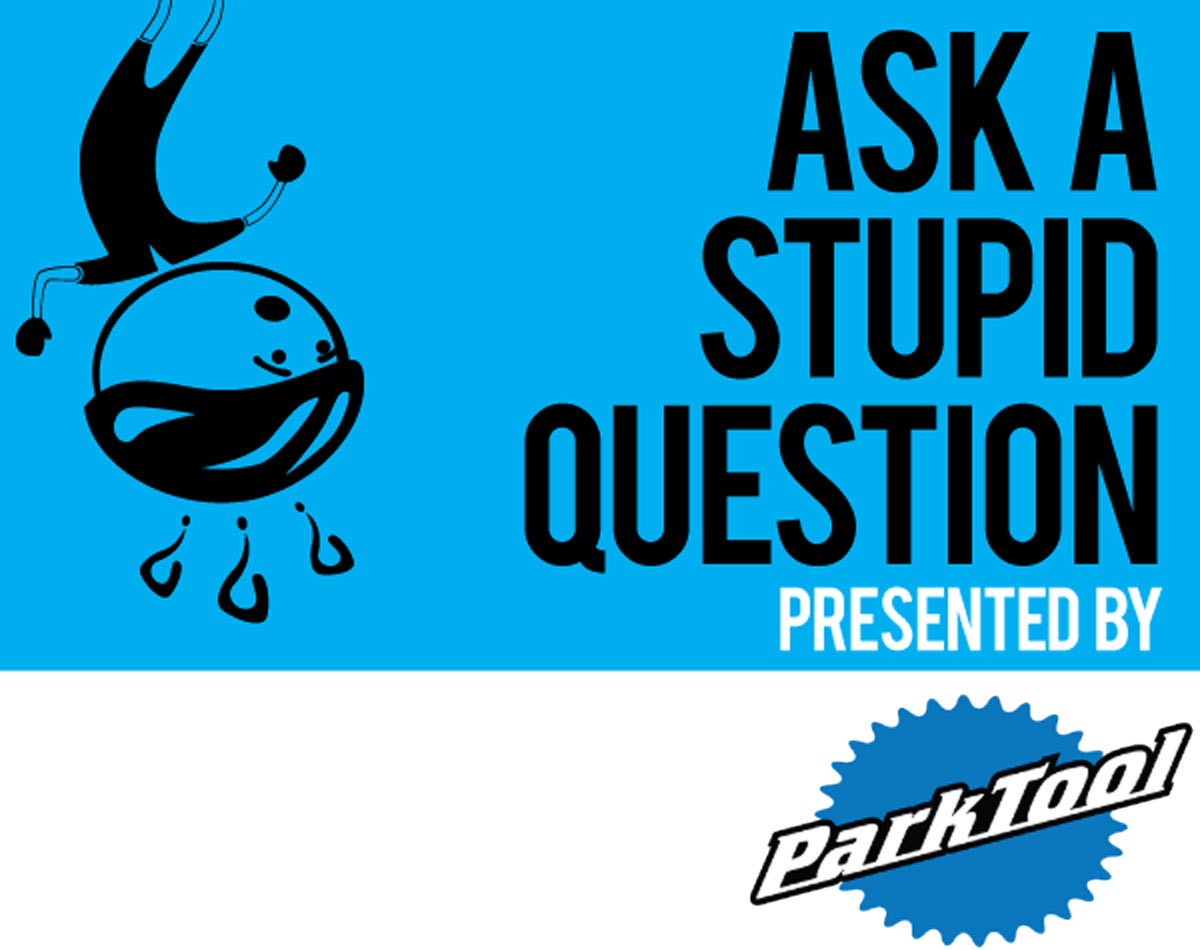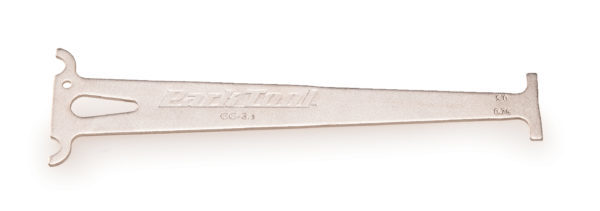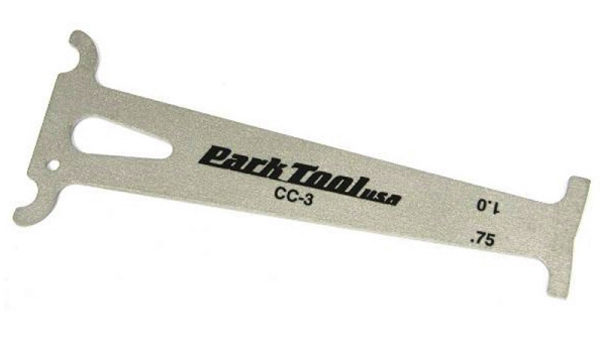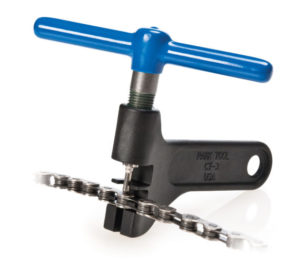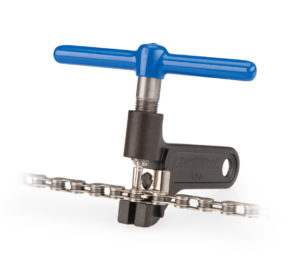We know, there’s no such thing as a stupid question. But there are definitely some questions too embarrassing to ask your local shop or riding buddies. This is our weekly installment where we get to the bottom of your questions – serious or otherwise. And for the last week, Park Tool is answering your questions about their brand, products and related inquiries.
As they say, all good things must come to an end. That means that this is the last installment of the Ask a Stupid Question series presented by Park Tool. As usual, you’ll find some great questions after the break, and if you liked these, make sure you keep those questions coming and give us some ideas of what companies you’d like to hear from next!
Question #1: I’m trying to determine whether or not I need a new chain. Etched into my Park Tool chain checker are the numbers 1.0 and .75. All of the videos I find refer to a 0.5 and a .75. What does it mean if my chain fits the 1.0 but not the .75? Thank you.
Park Tool: It sounds like you have one of our old CC-3 chain checkers (lower tool, above). With any of our chain checkers we recommend that the mechanic reference the specific chain manufacturer’s guidelines for determining when the chain should be replaced. Back in 2003 when we introduced the CC-3 the common replacement guidelines from most bicycle chain manufacturers was to replace the chain at either .75% “stretch” (primarily for then high end 9 and 10 speed chains) or 1%. As chains got both narrower and the manufacturing tolerances for these chains improved there was a shift by the chain manufacturers from the old .75% – 1% replacement recommendations to .5% or .75%. To mirror this change by the chain manufacturers we updated to the current CC-3.2 in 2011 (upper tool, above). Any of our videos about chains and chain wear made after 2011 and referencing the CC-3.2 tool will use these updated points of reference because the CC-3.2 uses these now more common .5 and .75 guidelines. If your older CC-3 tool falls into the chain reflecting 1% wear then the .75% side will also fall into a chain. However, it is possible for the .75% side to fall into the chain but not the 1% side if the chain’s wear is .75% or greater but less that 1%.
Question #2: Would you consider making tools for the Campagnolo Over-Torque crank? Like the crank installation/removal tool?
Park Tool: We are always looking to add more tools to our line in order to keep pace with a rapidly changing industry as well as work with a wide variety of industry partners to help support their products. Once the market demand for a new tool reaches a critical mass it is then passed to our product team to design, test and ultimately to our production team to manufacture the new tool or tools. If or when the call for a new tool (like tools for Over-Torque™) crosses that threshold that is then when you see our product team begin the initial design work in earnest. As of now that hasn’t happened with Over-Torque tools.
Question 3: Old Park chain tools (CT-3) had two sets of fixed prongs, the inner of which were useful for freeing a stuck link. What prompted the change to the sliding prongs, on the CT-3.2?
Park Tool: Great question. Like many of our tools, as the bike industry has changed and evolved so have many of our tools. Our chain tools are no exception. Back in the days of 5 and 6 speed derailleur chains (pre-derailleur chain master links or dedicated replacement pins) a chain’s pin was never pushed out 100%. Rather, the pin would be pushed out roughly 90% and then that same pin was used to re-join the chain. Invariably this process resulted in a tight link when that pin was moved to re-join the other plate it has just exited. The extra set of teeth were present as a loosening shelf to help loosen or open this link without holding the opposing outer plate in place. Today, however, all narrow, modern derailleur chains are no longer joined using the existing chain pin. Modern chains are joined with specific replacement pins that are formed to re-join the outer plates while also setting the outer plates at the perfect distance apart. Or, the chains are joined via modern master links. Both of these methods require first pushing the old chain pin out completely and, as a result, neither method requires the old loosening shelf. Add to that the fact that the floating shelf on the current CT-3.2 allows a mechanic to use a single chain tool for both derailleur and single speed chains where this required two separate tools in the past. In short, the floating shelf on the current CT-3.2 chain tool allows the tool to both work on a wider variety of chains AND optimizes the tool’s performance to match the current methods of chain attachment.
Got a question of your own? Click here to use the AASQ form, or find the link under the Contact menu header up top anytime a question pops into your mind! Got another company you’d love to hear from? Drop it in the comments below, and we’ll see if we can make it happen!
